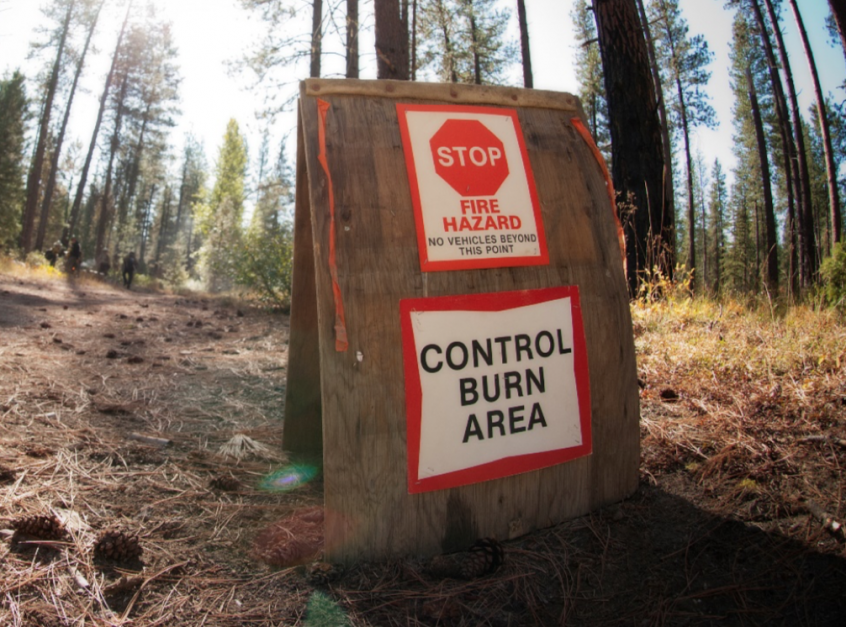Washington state says it plans to increase the number of intentional, low-intensity burns to better manage forest lands and prevent devastating wildfires, the Daily World reports. The plan comes on the heels of a report released by the Coalition of Prescribed Fire Councils and the Washington State Department of Natural Resource’s report to the legislature that recommends allowing for more prescribed burns to ensure healthier forests.
According to the Coalition report:
Fire exclusion didn’t work – couldn’t work on landscapes that had known fire…The mere effort to ban fire added to the damage.
and
Done properly, the managed wildfire is a hybrid – part suppression, part prescribed burn…such fires are the future of prescribed burning in the West. There is no reason why the practice shouldn’t expand to suitable sites elsewhere.
Increasing the number of controlled burns is a departure from past state policy, the Daily World writes. Out of concern for air quality, smoke management, weather conditions, wildlife and the belief that thinning forests would prove adequate, the Aberdeen-based newspaper states:
…lawmakers essentially asked the Department of Natural Resources to stop using prescribed fire in the 1980s, so all knowledge and resources disappeared from the agency. At that point, the commonly held belief was all fire was bad. Even when research showed otherwise, it has taken time to change regulations and momentum.
Washington lawmakers began to change their thinking in recent years. Passage of House Bill 2928 in 2016 approved $800,000 in funding toward the Forest Resiliency pilot project that authorized the Department of Natural Resources (DNR) to permit planned blazes for the purpose of maintaining forest resiliency even when air-quality standards may not be met.
DNR recently issued its report on the Forest Resiliency pilot to lawmakers, including a list of recommendations to maintain forest health and protect natural resources. The report called for greater state investments and training, in addition to improved smoke monitoring and communication with stakeholders.
Though any forest fire poses a threat, scientists say the benefits of hazard-reduction burning far outweigh the risks. Based on decades of research, scientists say that prescribed burns – lighting a fire under safe conditions – can clear dead plants and thick underbrush that fuel many dangerous wildfires. Planned burns also can help prevent spreading flames among trees by creating spacing and play a vital role in recycling nutrients.
Scientists underscore, however, that prescribed fires won’t necessarily prevent forest fires. But it will make them less severe. This is a fact that Washington residents on both sides of the Cascades have grown to appreciate in recent years.
DNR reported the 1,800 fires that occurred in 2018 totaled the second highest number of fires within a year in the state. And of the 1,800 fires recorded last year, 40 percent of them occurred in Western Washington.
Western Washington residents and landowners can anticipate more fires, according to Glenn Farley of KING-TV:
By 2040, the median annual burned area in the Northwest could more than double what we saw from 1916 to 2006. Climate change could lead to more east wind events, but those events may not be as strong as in the past. The number of “very high” fire danger days on the west side of the state will increase. It’s all blamed on average air temperature increases of 1.8 degrees, less summer rain and earlier snowmelt.
In the coming months, DNR plans to hire a new prescribed fire manager, similar to what Oregon state has. The state also plans to update its Smoke Management Plan by 2020 and revise the prescribed burn permit process to give forest land managers more flexibility.
